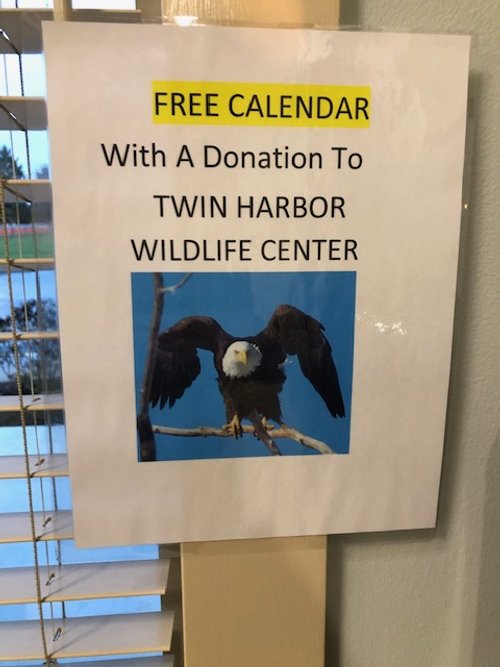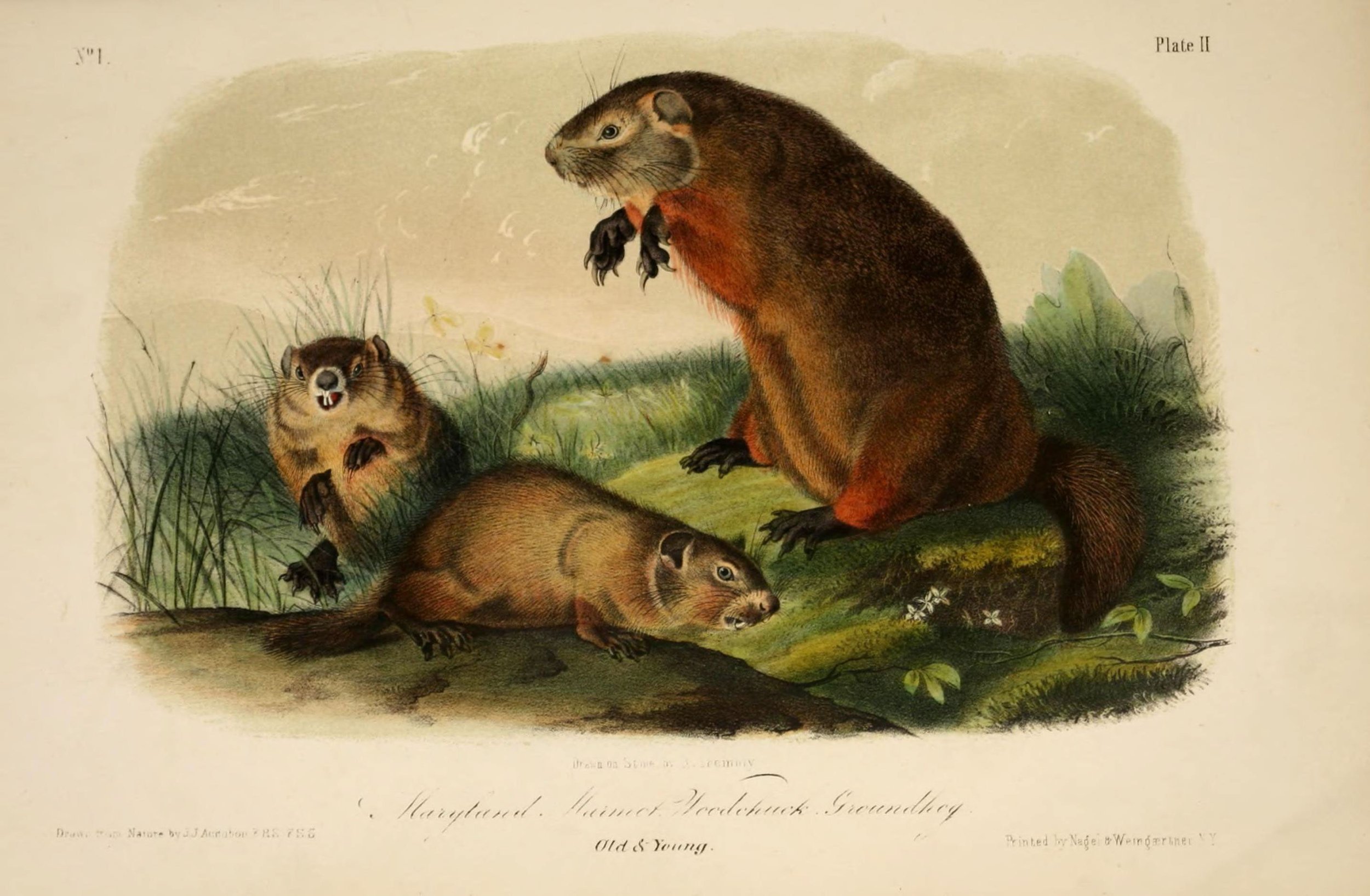Kalendars, Animals, Counting Days
You’ll notice calendars all over. You’d think you wouldn’t see such ghastly outmoded print technologies these days as many of us sync up our hand-held computers to our daily planners and email.
And yet gift shops, art suppliers and bookstores continue to provide paper calendars of all sorts. People must still be drawn to use these to count their days and so gain a heart of wisdom. Photographs, prints and paintings adorn many of them, and provide a moment of pause and beauty.
And you find all kinds of interesting calendars on refrigerators, offices walls and factory floors. Tractors, muscle cars and classic sport cars, scantily clad women and men, sports heroes and teams, horses, motorcycles, flowers, trees, crazy geometric patterns, dogs, wiccan moon musings, cats, birds, music and movie stars, all kinds of animals, and more.
I have these two 1970’s calendars that feature the art of Eric Sloane in my workshop. His art and writing considered “the changes in the land” of rural new England, looking at barns, houses, walls, trees, old tools and more.
And I’ve been looking at an assortment of gardening calendars the past few months. I like J. Gruber’s Town and Country Almanac. It has all the info about moon phases, sun and moon signs, planetary movements, as well as good articles about gardening, useful info, historical trivia and topics of interest to farmers (like milk care.) It also has virtually no ads, compared to some almanacs. And I’d recommend the new book Sown in the Stars: Planting by the Signs, by Sarah Hall, as an exploration by an agricultural scientist of the role such calendars play in gardener’s practices in the Appalachian region.
Gruber’s lists a saint, important historical figure of broad public interest, or holiday for each day. This almanac also counts the days leading up to Lent with the 70th, 60th and 50th(-ish) Sundays before Easter, Septuagesima, Sexagesima and Quinquegesima, (and lists the Sunday gospel readings of the Revised Common Lectionary!)
I will observe that following a calendar like this has long been a way people sought to count their days with wisdom, and order their lives with their hearts oriented to the signs, patterns and events of cosmos and earth. Here is a link to an article that discuss everyday attentiveness to the signs of nature and the role of the Kalenner in Pennsylvania Dutch folk religious practice.
The existence of these calendars today indicates that people still find them useful and meaningful. They reflect a common-sense, finely-tuned, faithful awareness of the need to count our days and shape our earth-tending activities with wisdom.
And now we count February 2, a day layered with meanings. Candlemas, -Lichtmesse-, Groundhog day. A little human awareness of the hibernation ways of other animals creeps in, we notice how they’ll wake for a little winter stretch to take care of of some needs and return to their reduced metabolism, and long season of what may be dreaming. One wonders. Our minds and bodies intertwine in surprising ways up in the ground beneath the ground.
In any case, they help us count the days on earth with hearts that remain open to animals, plants, patterns in the heavens and the earth, the needs and gifts of others, taking part in good work.



